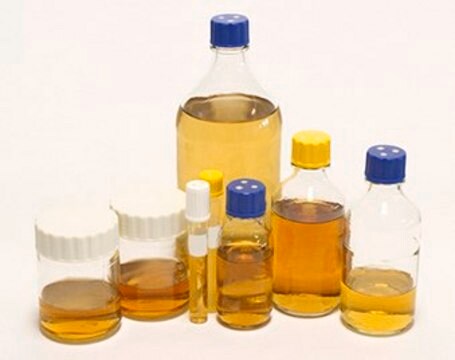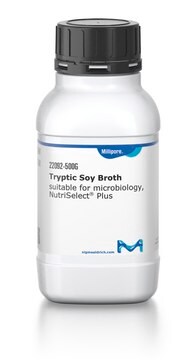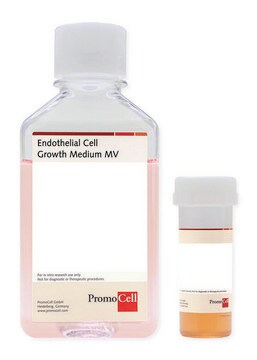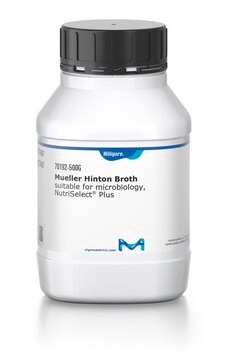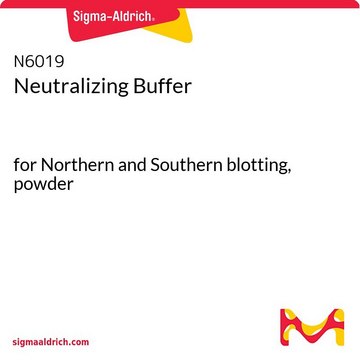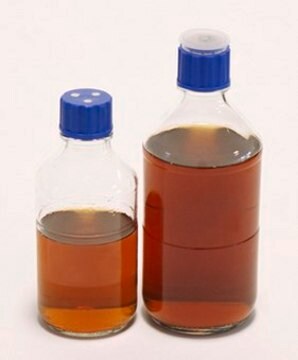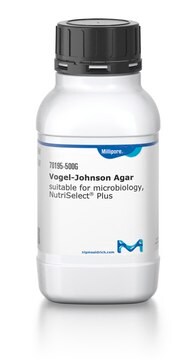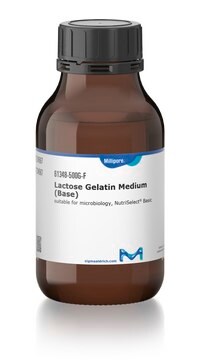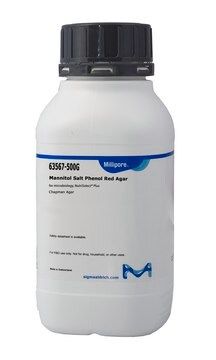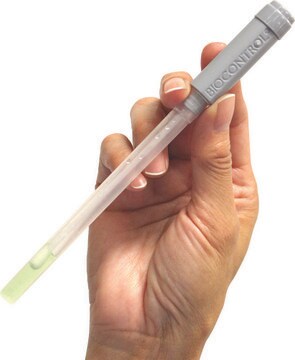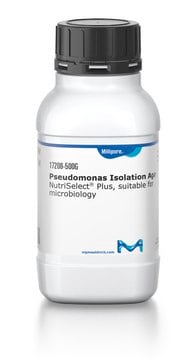D3435
Dey-Engley neutralizing broth
suitable for microbiology, NutriSelect® Plus
Synonyme(s) :
D/E Neutralizing Broth
About This Item
Produits recommandés
Stérilité
non-sterile
Niveau de qualité
Forme
powder
Durée de conservation
limited shelf life, expiry date on the label
Fabricant/nom de marque
NutriSelect® Plus
pH final
7.6±0.2 (25 °C)
Application(s)
environmental
food and beverages
pharmaceutical
sterility testing
surface monitoring
microbiology
Température de stockage
2-8°C
Adéquation
nonselective for Bacillus spp.
nonselective for Escherichia coli
nonselective for Pseudomonas spp.
nonselective for Salmonella spp.
nonselective for Staphylococcus spp.
nonselective for bacteria (General Media)
nonselective for coliforms
Vous recherchez des produits similaires ? Visite Guide de comparaison des produits
Description générale
Application
Actions biochimiques/physiologiques
Composants
Casein enzymatic hydrolysate5.00
Yeast extract2.50
Dextrose10.00
Sodium thiosulfate6.00
Sodium thioglycollate1.00
Sodium bisulfite2.50
Lecithin7.00
Polysorbate 805.00
Bromocresol purple0.02
Notes préparatoires
Note de bas de page
The designations basic, plus, or prime are added to indicate the quality control level, from basic quality control to standard QC plus to prime for full regulatory compliance.
Informations légales
Mention d'avertissement
Warning
Mentions de danger
Conseils de prudence
Classification des risques
Skin Sens. 1
Code de la classe de stockage
11 - Combustible Solids
Classe de danger pour l'eau (WGK)
WGK 3
Point d'éclair (°F)
Not applicable
Point d'éclair (°C)
Not applicable
Équipement de protection individuelle
Eyeshields, Faceshields, Gloves
Faites votre choix parmi les versions les plus récentes :
Déjà en possession de ce produit ?
Retrouvez la documentation relative aux produits que vous avez récemment achetés dans la Bibliothèque de documents.
Les clients ont également consulté
Articles
An article concerning the detection, identification, differentiation, and cultivation of Pseudomonas species.
An article concerning the detection, identification, differentiation, and cultivation of Pseudomonas species.
Notre équipe de scientifiques dispose d'une expérience dans tous les secteurs de la recherche, notamment en sciences de la vie, science des matériaux, synthèse chimique, chromatographie, analyse et dans de nombreux autres domaines..
Contacter notre Service technique
